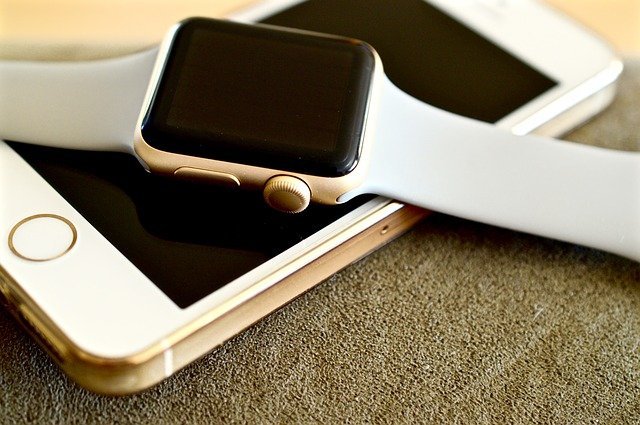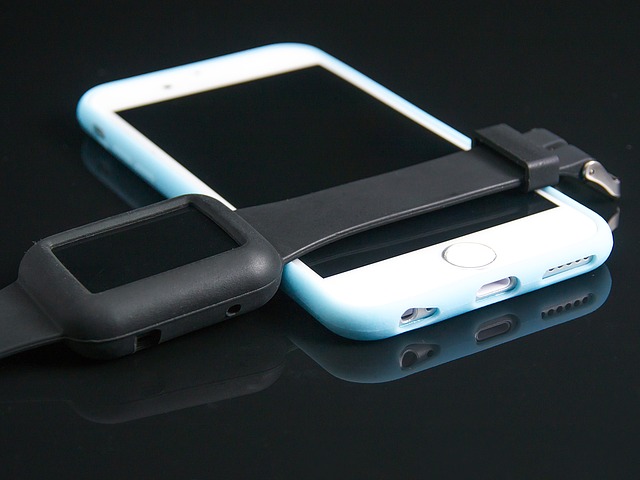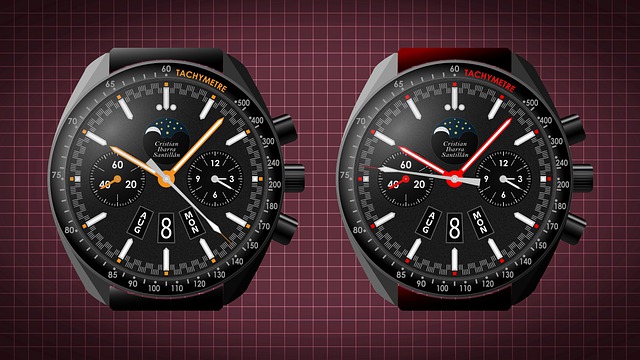In a recently published article in the journal Nature Medicine, scientists have described the development of a smartwatch-based alerting system that can detect the onset of severe acute respiratory syndrome coronavirus 2 (SARS-CoV-2) infection in real-time. The system detects and analyzes the abnormalities in physiological and activity signals associated with an early-stage infection.
Study: Real-time alerting system for COVID-19 and other stress events using wearable data. Image Credit: wavebreakmedia/Shutterstock
Background
SARS-CoV-2, the causative pathogen of coronavirus disease 2019 (COVID-19), is a highly infectious and deadly respiratory virus of the human beta-coronavirus family. To effectively control viral transmission and disease progression, it is important to detect the virus in its early course of infection, even before the symptom onset.
Smartwatches and other wearable devices attached with real-time monitoring and alerting systems are practical interventions for the early detection of respiratory infections and other diseases. These devices act by detecting and analyzing the changes in physiological and activity parameters, such as heart rate, step counts, sleep pattern, and body temperature, associated with infection onset.
In the current study, scientists have developed a wearable device that can detect the early onset of COVID-19 in real-time by analyzing the aberrant changes in physiological parameters caused by SARS-CoV-2 infection. The algorithms used in this device are capable of detecting the infection even before symptom onset.
Smartwatch-based real-time alerting system
The real-time monitoring and alerting system developed by scientists detects aberrant physiological signals using wearable devices. Specifically, the system collects physiological information (heart rate, step counts, and sleep patter) and health information (surveys of illness, symptom, medication, and vaccination) through smartwatches. It securely transfers the data in real-time to the cloud for analysis.
The data was analyzed via three online infection detection algorithms on the cloud, namely NightSignal, RHRAD, and CuSum. The findings obtained from NightSignal algorithm were used to alert the participants in real-time.
Validation of the system
The efficiency of the system was validated using wearable data obtained from 2,155 participants. Of all participants, 2,117 received real-time alerts every day for physiological alterations. Overall, the analysis involved 278 participants who reported SARS-CoV-2-positive test results, 1,213 participants who reported SARS-CoV-2-negative test results, 1,825 participants without any test report, and 189 vaccinated participants.
The participants who received an alert were asked to provide information on disease diagnosis, symptoms, and activities using various COVID-19 surveys in the system. The diagnoses included COVID-19, influenza, and adenoviral infection. The symptoms included cough, fever, and headache. The activities included various lifestyle factors such as intense exercise, alcohol intake, travel, and stress capable of altering physiological parameters.
Efficacy of the system
The algorithm NightSignal used in the system effectively detected early onset of SARS-CoV-2 infection and alerted participants about the diagnosis at pre-symptomatic stages, i.e., three to ten days before symptom onset. Moreover, the algorithm was capable of detecting disease onset even in asymptomatic participants with positive test results. Overall, the algorithm showed 80% sensitivity in detecting infection in pre-symptomatic and asymptomatic cases. Some missed cases identified in the study could be due to insufficient wearable data.
The other two algorithms, RHRAD and CuSum, which required high-resolution data, showed 69% and 72% sensitivity, respectively, in detecting infection onset. Regarding detection of infection onset among participants with negative test results, the NightSignal and RHRAD algorithms showed 87% specificity, and CuSum algorithm showed 83% specificity.
On average, the system provided 3.4 alerts during a 21-day infection detection window for participants with SARS-CoV-2-positive test results. For participants with negative test results, the number of alerts was 1.3.
Association between system-generated alerts and symptom progression
The analysis of participant-reported symptoms and numbers of received alerts revealed that some symptoms such as fatigue and sleep disturbance were common in both COVID-19 positive and COVID-19 negative cases. In contrast, symptoms like aches and pains, headaches, cough, and feeling ill were more prevalent in COVID-19 positive cases. In addition, activities like stress, intense exercise, and alcohol intake were most commonly associated with system-generated alerts in COVID-19 negative cases.
Regarding physiological responses to COVID-19 vaccination, the findings showed that the system-generated alerts could be triggered by partial (one vaccine dose) or full vaccination (two vaccine doses).
Specifically, the analysis of overnight resting heart rate changes before and after vaccination revealed that immunization with 1st dose of Pfizer COVID-19 vaccine caused the maximum increase in heart rate on the night of vaccination. For the 2nd dose of Moderna and Pfizer vaccines, the heart rate increased in the first and second night, respectively.
Further analysis of reported symptoms and received alerts indicated that the system could efficiently detect vaccine-induced symptoms as well as vaccination effects.
Study significance
The smartwatch-based real-time alerting system developed in the study has high efficacy in providing warnings of SARS-CoV-2 infection well in advance. A large-scale application of the system can help control viral transmission and disease progression through early detection.



